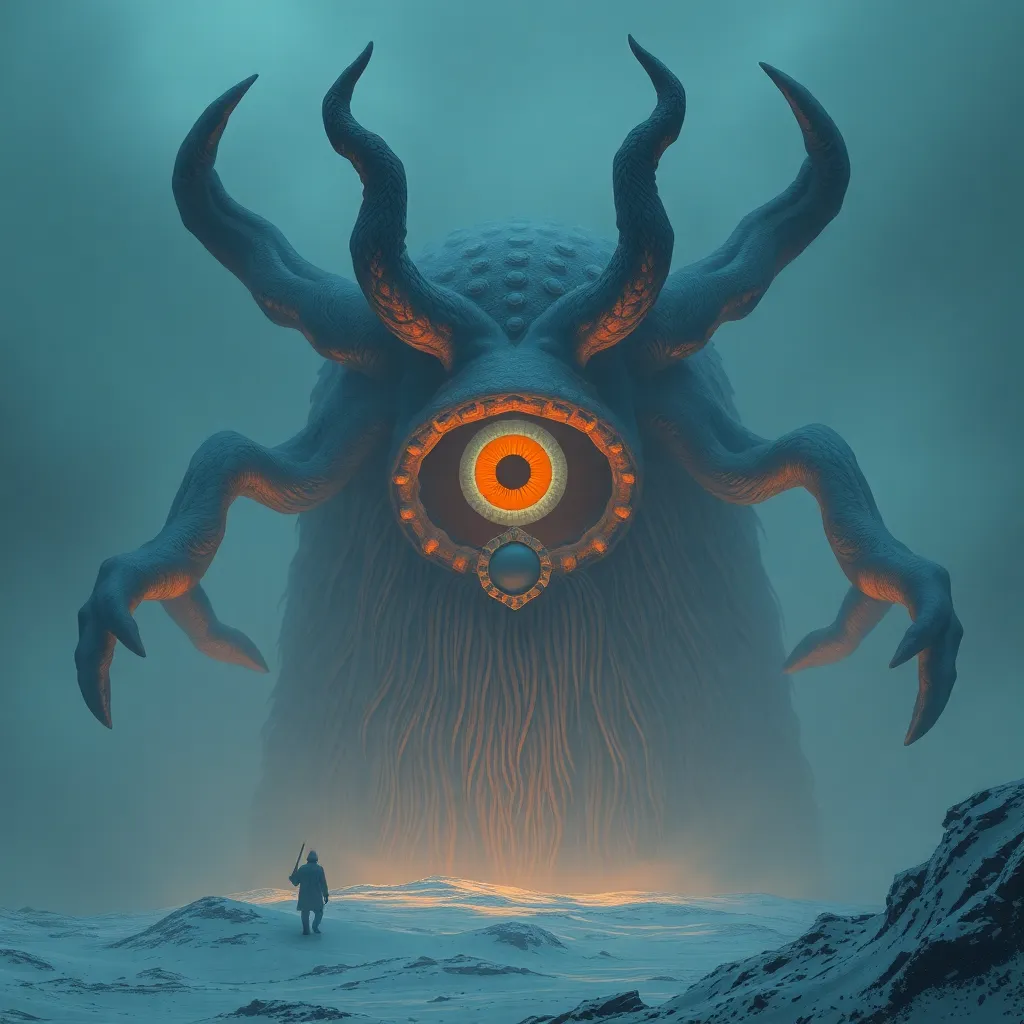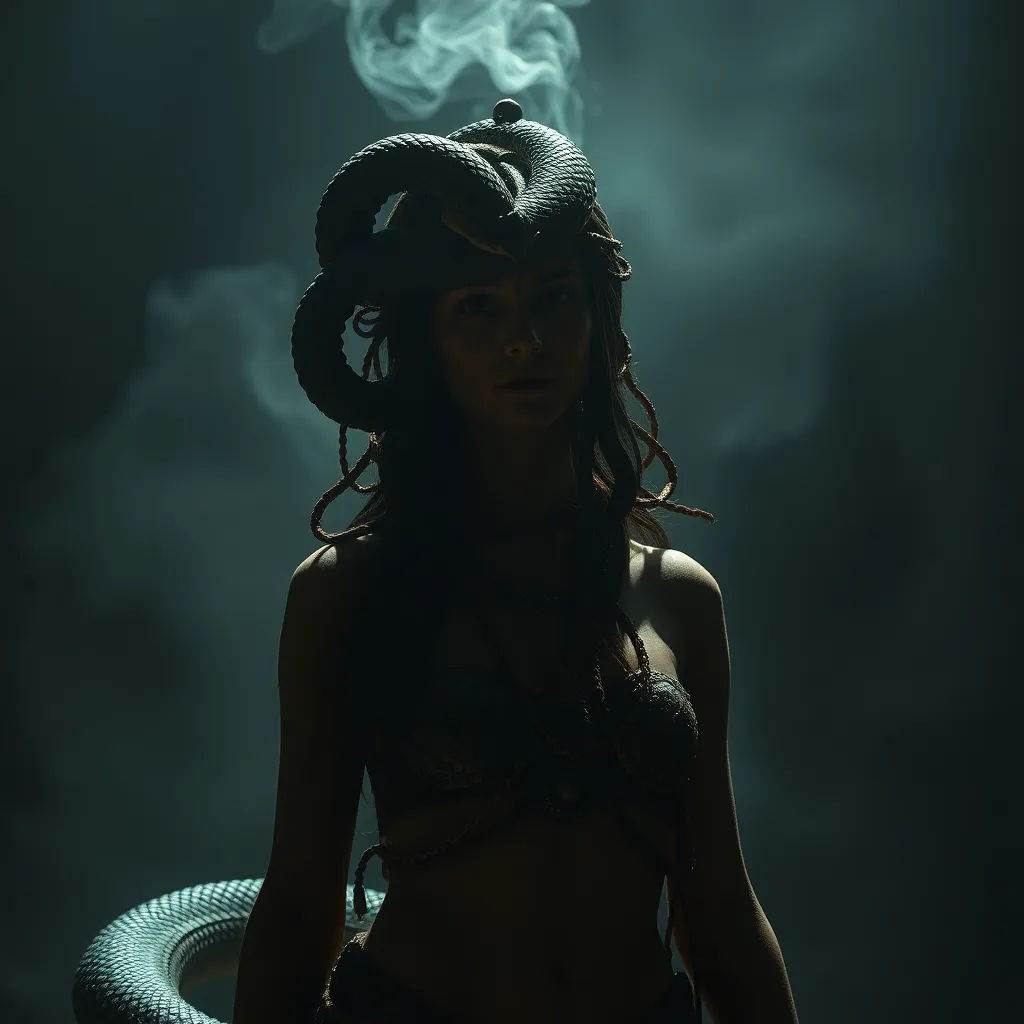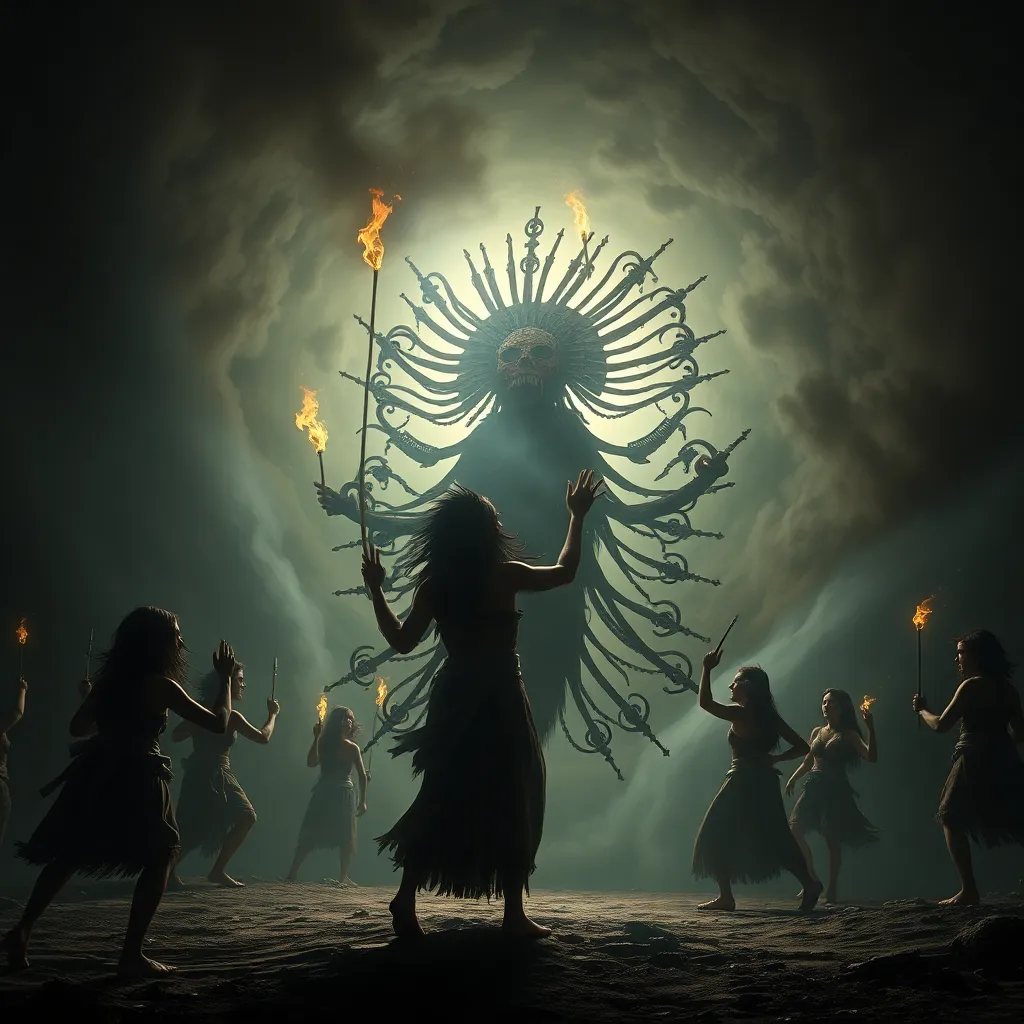The Cyclops in Norse Mythology: Examining the One-Eyed Giant in Norse Folklore
I. Introduction
Norse mythology is a rich tapestry of gods, giants, and mythical creatures that has captivated the imaginations of people for centuries. From the powerful deities of Asgard to the fearsome giants of Jotunheim, the myths form a complex narrative reflecting the values and beliefs of the Norse people. Among these intriguing figures is the Cyclops, a one-eyed giant whose origins and characteristics vary across cultures.
This article aims to explore the concept of the Cyclops within Norse mythology, examining its origins, characteristics, role in myths, and cultural significance. By delving into these aspects, we can gain a deeper understanding of how this mythical creature fits into the broader context of Norse folklore.
II. The Origins of the Cyclops in Mythology
A. Historical background of Cyclops in ancient cultures
The Cyclops, a figure most famously associated with Greek mythology, first appeared in Homer’s “Odyssey,” where the hero Odysseus encounters Polyphemus, a giant with a single eye. This creature’s traits and behaviors influenced the perception of Cyclopes in various cultures.
B. Differences and similarities between Greek and Norse Cyclopes
While Greek Cyclopes are often depicted as brutish and solitary, Norse Cyclopes exhibit different characteristics:
- Norse Cyclopes tend to be more integrated into the landscape of Norse mythology, often associated with the creation of the world.
- Greek Cyclopes are typically portrayed as shepherds or lone beings, while Norse Cyclopes may interact more frequently with gods and other mythological entities.
C. The evolution of the Cyclops myth in Norse folklore
Over time, the Cyclops myth evolved within Norse storytelling. The Norse Cyclops, or “einherjar,” often reflects the complexities of the giants in their pantheon, embodying both destructive and creative forces.
III. Characteristics of the Norse Cyclops
A. Physical descriptions and attributes
Norse Cyclopes are generally depicted as towering figures, often described with immense strength and a formidable presence. Their defining feature, of course, is their single eye, which can vary in color and intensity.
B. Symbolism of the single eye
The single eye of the Cyclops holds significant symbolism in Norse mythology:
- Vision and perception: The eye represents insight, wisdom, and the ability to see beyond the physical realm.
- Isolation: The singular eye can also symbolize the loneliness and otherness of these creatures within the mythological landscape.
C. Personality traits and behaviors associated with Cyclopes
Norse Cyclopes are often portrayed with a blend of traits:
- Brutality: Many Cyclopes are depicted as aggressive and hostile, often threatening the gods and heroes.
- Craftsmanship: Some Cyclopes are viewed as skilled artisans, particularly in metalwork and craftsmanship, paralleling the dwarves in Norse myths.
IV. The Role of the Cyclops in Norse Myths
A. Key myths and stories featuring Cyclopes
In Norse mythology, Cyclopes appear in various tales. One notable story involves the creation of the world, where Cyclopes contribute to the forging of weapons for the gods.
B. The interactions between gods and Cyclopes
The interactions between the gods and Cyclopes often reflect themes of conflict and cooperation. For instance, while Cyclopes may pose threats, they also serve as allies when their skills are needed.
C. The significance of Cyclopes in the Norse pantheon
Cyclopes play a crucial role in the balance of power within the Norse pantheon, representing the chaotic forces of nature that must be managed by the gods.
V. The Cyclops as a Cultural Symbol
A. The Cyclops in art and literature
The Cyclops has been a compelling figure in art and literature, often depicted in various forms, from ancient sculptures to modern illustrations. Artists draw upon their formidable nature to explore themes of power and isolation.
B. The representation of the Cyclops in modern interpretations
In contemporary culture, the Cyclops appears in various media, including films, books, and video games, often reimagined as complex characters rather than mere antagonists.
C. The impact of the Cyclops on contemporary culture
The enduring image of the Cyclops influences discussions around monstrosity, identity, and the nature of the “other” in society, making it a powerful symbol in modern narratives.
VI. Comparisons with Other Mythical Creatures
A. Similarities with other one-eyed beings in Norse mythology
Norse mythology features other one-eyed beings, such as Odin, who sacrificed an eye for wisdom. This motif of the single eye resonates across various characters, emphasizing the quest for knowledge.
B. Contrasts with giants and trolls in Norse lore
While both Cyclopes and giants represent chaos and destruction, Cyclopes are often depicted with specific characteristics that distinguish them from more traditional giants and trolls, who may possess a broader range of attributes and behaviors.
C. The Cyclops in the broader context of mythological giants
In the context of mythological giants, Cyclopes serve as a unique subset, embodying particular traits that reflect the duality of creation and destruction inherent in many mythologies.
VII. The Legacy of the Cyclops in Norse Folklore
A. Enduring themes and lessons from Cyclops myths
The myths surrounding Cyclopes offer timeless themes, such as the struggle for power, the quest for knowledge, and the consequences of isolation, providing valuable lessons for contemporary audiences.
B. The influence of Cyclopes on later folklore and storytelling
Cyclopes have influenced various storytelling traditions, inspiring countless adaptations and reinterpretations across cultures, thus ensuring their place in the broader mythological canon.
C. The relevance of Cyclops myths in modern discussions of mythology
Today, the Cyclops myth serves as a lens through which we can examine themes of identity, monstrosity, and the human condition, proving that ancient stories still resonate in a modern context.
VIII. Conclusion
In summary, the Cyclops holds a significant place in Norse mythology, embodying themes of strength, isolation, and the complexities of existence. Through their various roles and characteristics, Cyclopes reflect the intricate relationship between gods and giants in Norse lore.
As we reflect on the significance of the Cyclops in Norse mythology, it becomes evident that these one-eyed giants are more than mere adversaries; they are symbols of the chaotic forces of nature and the duality of existence. Ultimately, the enduring power of myth continues to shape our cultural narratives, reminding us of the timeless stories that connect us to our past.




